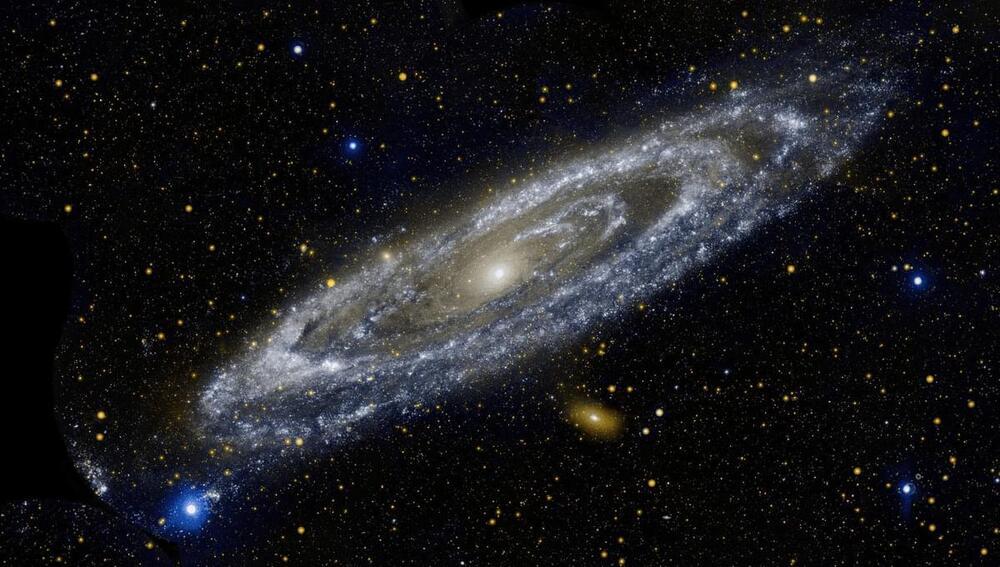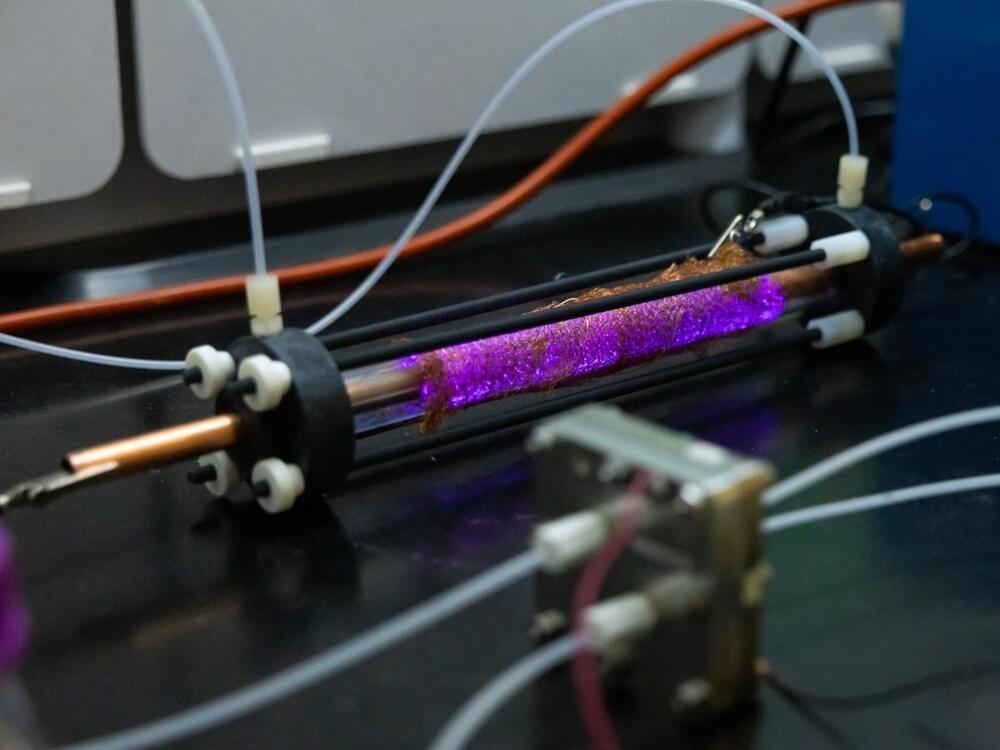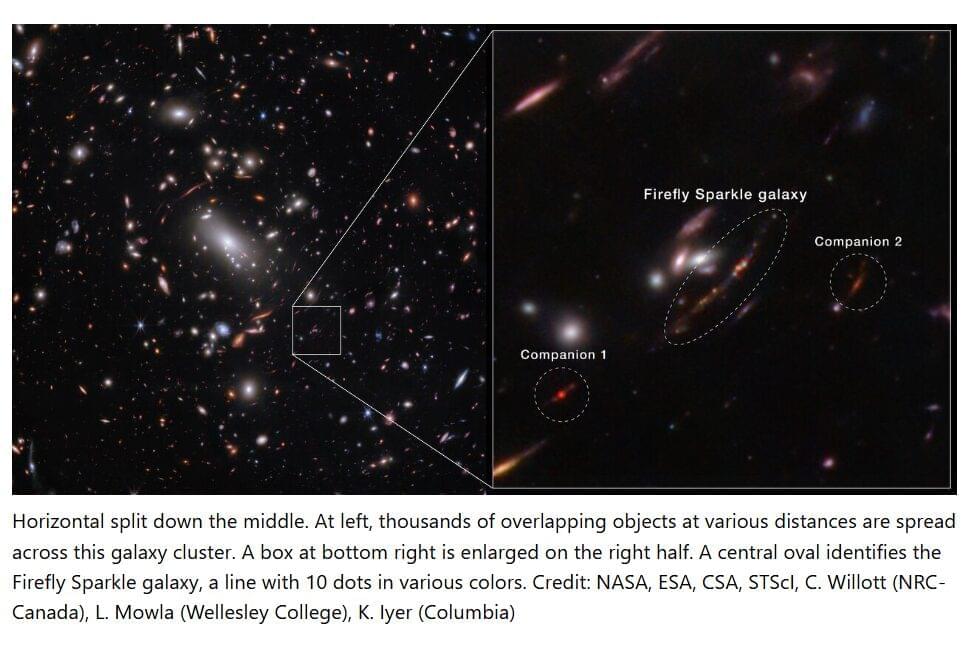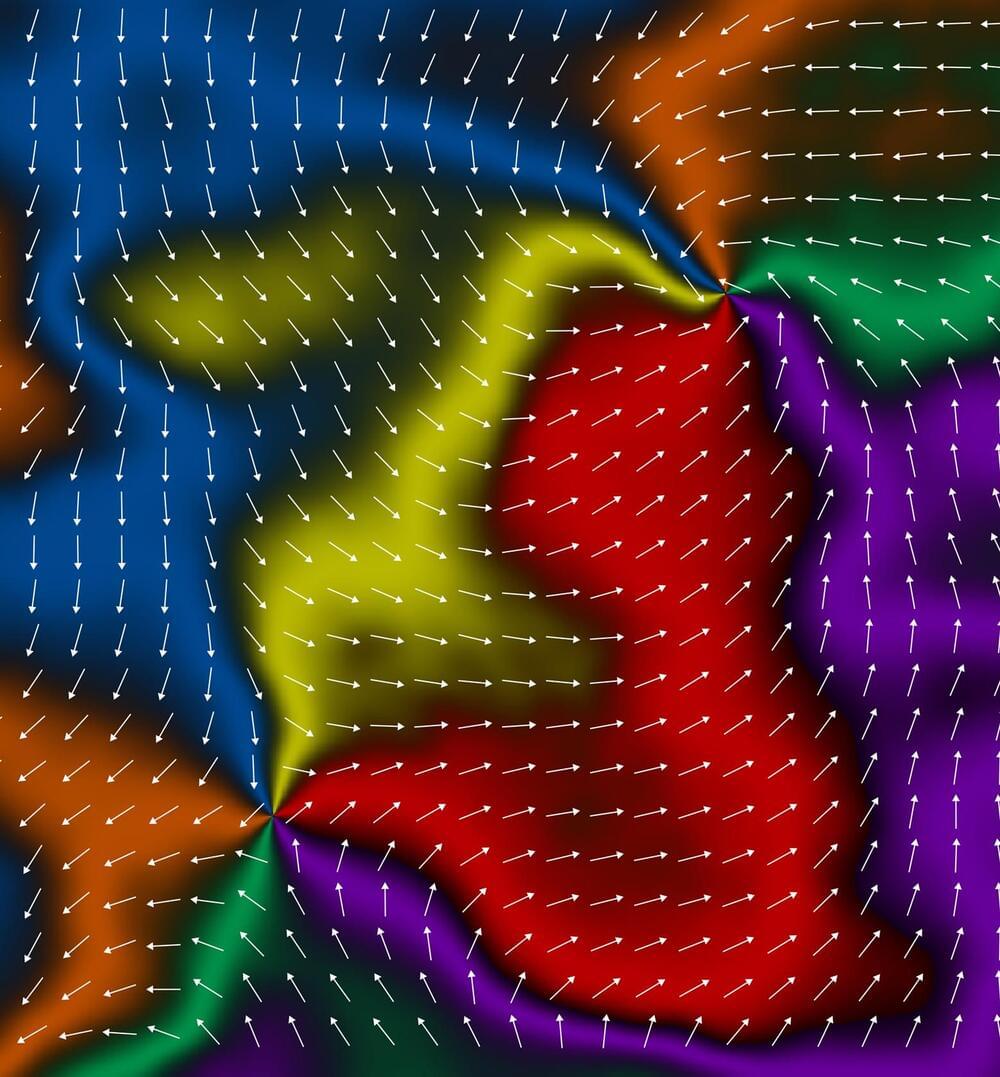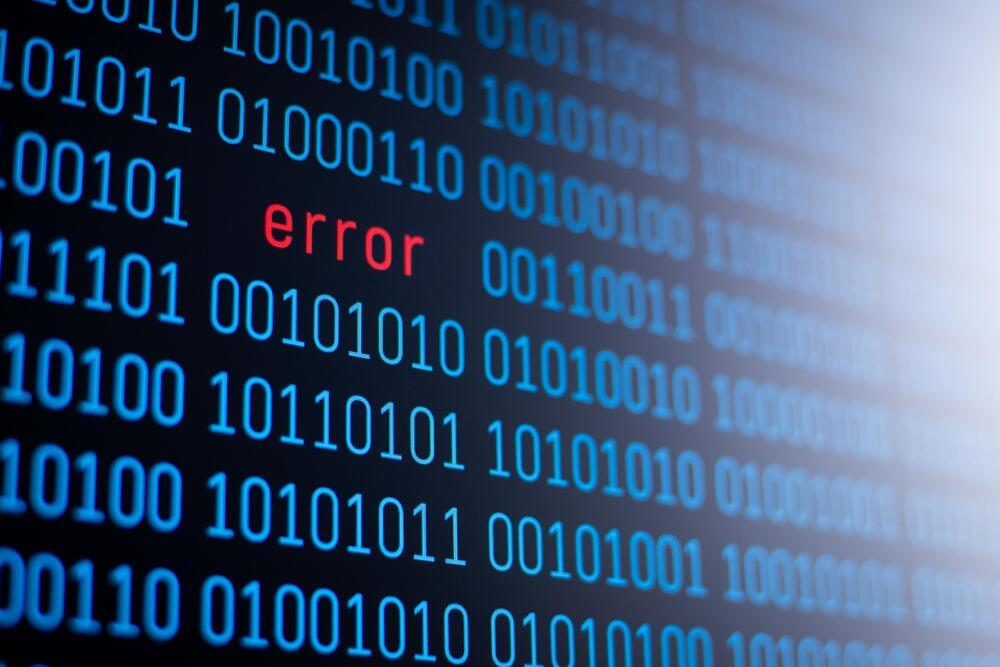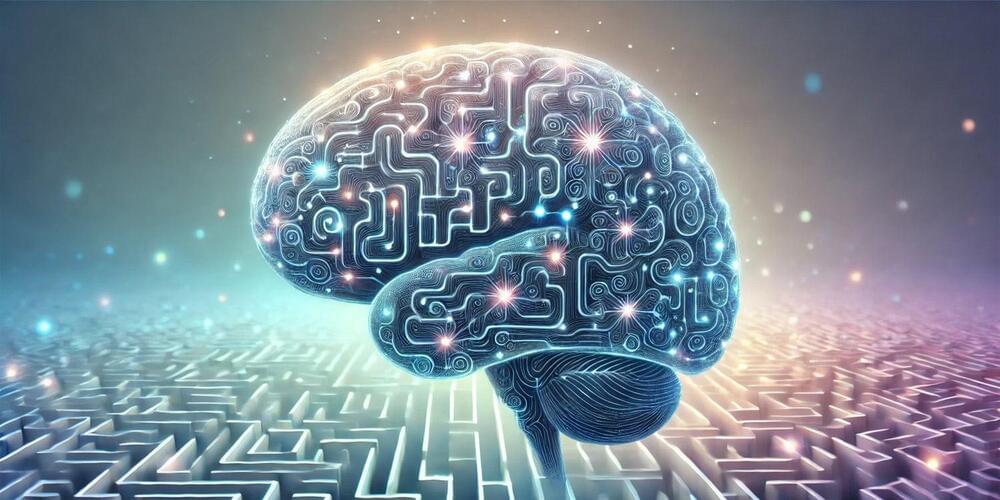Page 7
Jan 5, 2025
Scientists use plasma to enable futuristic 3D-printed food — here’s how it could revolutionize an industry
Posted by Genevieve Klien in categories: food, innovation

Scientists at the University of Alberta found a new way to improve plant-based foods, and it involves plasma, the same stuff that makes up stars, as reported by Phys.org.
The breakthrough makes 3D-printed pea protein hold its shape, opening doors for more affordable and tasty meat alternatives.
Jan 5, 2025
Researchers at Stanford have discovered a revolutionary new way to mine bitcoin: ‘It is essential to empower real people’
Posted by Genevieve Klien in categories: bitcoin, cryptocurrencies, energy, finance

A team of researchers from Stanford University has found a unique way to mine bitcoin that could have a massive impact on the perceptions of the cryptocurrency.
According to its website, Pi Network was designed in part to make the process of mining bitcoin significantly less energy-intensive.
Jan 5, 2025
Scientists discover a fascinating fact about the brains of meditators
Posted by Genevieve Klien in category: neuroscience
How does mindfulness meditation reshape the resting mind? New research explores how experienced meditators’ brain activity differs from non-meditators.
Jan 5, 2025
Plasma reactor produces fuel of the future without CO₂ emissions
Posted by Genevieve Klien in categories: energy, food
The production of ammonia is considered to be energy-intensive and harmful to the environment. However, the molecule is essential for global food production and a potential energy source for hydrogen-based systems.
Jan 5, 2025
Firefly Sparkle: Newly Discovered Galaxy Mirrors Milky Way’s Early Days
Posted by Natalie Chan in category: cosmology
For the first time, the NASA/ESA/CSA James Webb Space Telescope has detected and “weighed” a galaxy that not only existed about 600 million years after the Big Bang, but also has a mass that is similar to what our Milky Way galaxy’s mass might have been at the same stage of development.
Other galaxies Webb has detected at this period in the history of the universe are significantly more massive. Nicknamed the Firefly Sparkle, this galaxy is gleaming with star clusters—10 in all—each of which researchers examined in great detail. Their work is published in Nature.
“I didn’t think it would be possible to resolve a galaxy that existed so early in the universe into so many distinct components, let alone find that its mass is similar to our own galaxy’s when it was in the process of forming,” said Lamiya Mowla, co-lead author of the paper and an assistant professor at Wellesley College in Massachusetts. “There is so much going on inside this tiny galaxy, including so many different phases of star formation.”
Jan 5, 2025
New Third Class of Magnetism could transform Digital Memory: Experiment bridges theory and real-life realization
Posted by Natalie Chan in category: futurism
A new class of magnetism called altermagnetism has been imaged for the first time in a new study. The findings could lead to the development of new magnetic memory devices with the potential to increase operation speeds of up to a thousand times.
Altermagnetism is a distinct form of magnetic order where the tiny constituent magnetic building blocks align antiparallel to their neighbors but the structure hosting each one is rotated compared to its neighbors.
Scientists from the University of Nottingham’s School of Physics and Astronomy have shown that this new third class of magnetism exists and can be controlled in microscopic devices. The findings have been published in Nature.
Jan 5, 2025
Alibaba Deepens Push Into AI Smart Glasses With Hong Kong’s RayNeo
Posted by Bruce Burke in category: robotics/AI
A new partnership will see Alibaba Cloud develop customized AI models for RayNeo products, the companies say.
Jan 5, 2025
Prediction: Quantum Computing Will Be the Biggest Theme in Artificial Intelligence (AI) in 2025. But Does That Mean You Should Invest in It? @themotleyfool #stocks $IONQ $MSFT $GOOGL $AMZN $IBM $NVDA $AMD $GME $AVGO $GOOG $QUBT $RGTI $RDDT
Posted by Paul Battista in categories: quantum physics, robotics/AI
Quantum computing stocks are soaring, but do the rising stock prices make sense?
Over the last couple of years, technology stocks have captivated the investment world thanks in large part to breakthroughs in artificial intelligence (AI).
Within the AI realm, semiconductor stocks in particular have benefited greatly. This is due to the fact that semiconductor companies such as Nvidia, Advanced Micro Devices, and Broadcom make important infrastructure such as graphics processing units (GPUs) and network equipment that are used in data centers, and without them, generative AI would be more of a lofty idea than a reality.
Jan 5, 2025
Researchers uncover a hidden cognitive strength associated with autistic traits
Posted by Paul Battista in categories: biological, computing, neuroscience
A recent study published in PLOS Computational Biology found that people with stronger autistic traits, particularly those with a preference for predictability, tend to exhibit unique curiosity-driven behaviors. These individuals showed persistence in tasks requiring sustained attention, often leading to superior learning outcomes.
Autism spectrum disorder is a developmental condition that affects how individuals perceive and interact with the world. It is characterized by differences in communication, social interaction, and behavior patterns. Rather than being a singular condition, autism exists on a spectrum, meaning that individuals experience varying levels of intensity and expression of traits. While some may require significant support in daily life, others might navigate independently with unique strengths and challenges.
Autistic traits are characteristics commonly associated with autism but may also be present in varying degrees within the general population. These traits can include a preference for routines, heightened sensitivity to sensory input, and intense focus on specific topics of interest. While these traits can sometimes pose challenges, they also contribute to unique ways of thinking and problem-solving.
